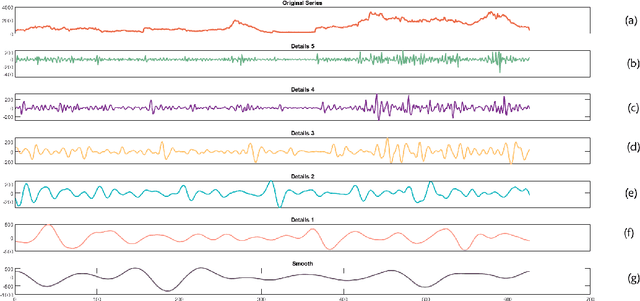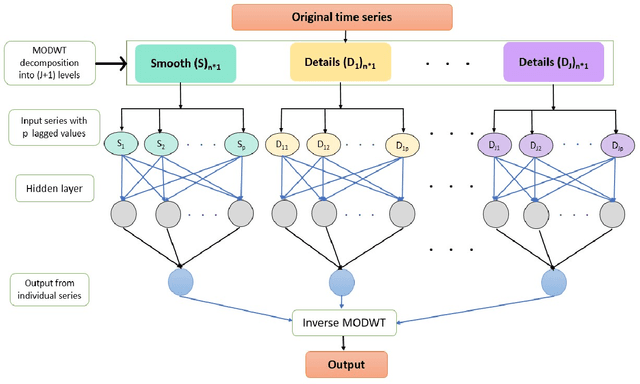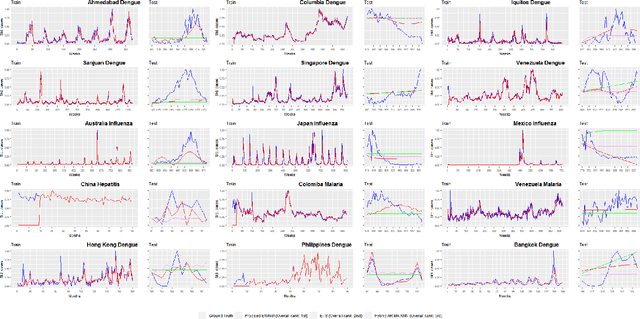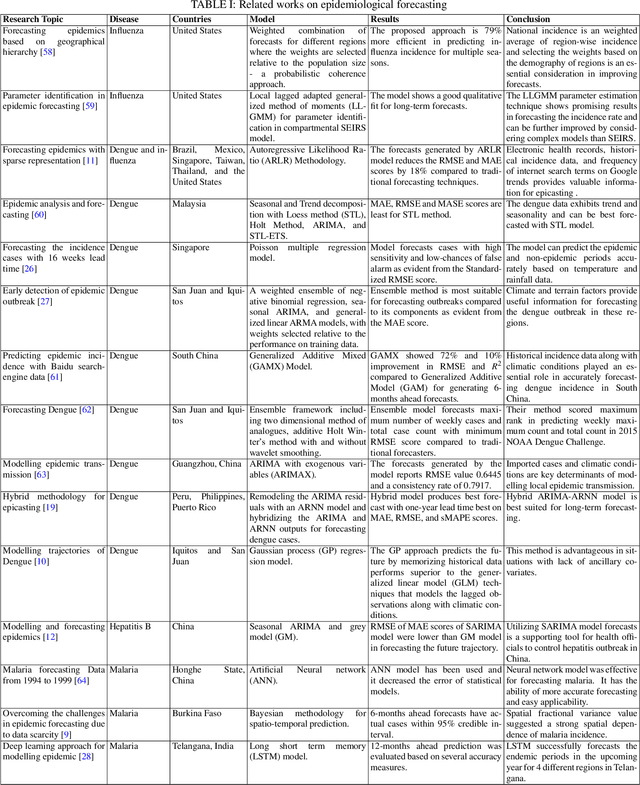Madhurima Panja
Ten Years of Generative Adversarial Nets : A survey of the state-of-the-art
Aug 30, 2023Abstract:Since their inception in 2014, Generative Adversarial Networks (GANs) have rapidly emerged as powerful tools for generating realistic and diverse data across various domains, including computer vision and other applied areas. Consisting of a discriminative network and a generative network engaged in a Minimax game, GANs have revolutionized the field of generative modeling. In February 2018, GAN secured the leading spot on the ``Top Ten Global Breakthrough Technologies List'' issued by the Massachusetts Science and Technology Review. Over the years, numerous advancements have been proposed, leading to a rich array of GAN variants, such as conditional GAN, Wasserstein GAN, CycleGAN, and StyleGAN, among many others. This survey aims to provide a general overview of GANs, summarizing the latent architecture, validation metrics, and application areas of the most widely recognized variants. We also delve into recent theoretical developments, exploring the profound connection between the adversarial principle underlying GAN and Jensen-Shannon divergence, while discussing the optimality characteristics of the GAN framework. The efficiency of GAN variants and their model architectures will be evaluated along with training obstacles as well as training solutions. In addition, a detailed discussion will be provided, examining the integration of GANs with newly developed deep learning frameworks such as Transformers, Physics-Informed Neural Networks, Large Language models, and Diffusion models. Finally, we reveal several issues as well as future research outlines in this field.
An ensemble neural network approach to forecast Dengue outbreak based on climatic condition
Dec 20, 2022Abstract:Dengue fever is a virulent disease spreading over 100 tropical and subtropical countries in Africa, the Americas, and Asia. This arboviral disease affects around 400 million people globally, severely distressing the healthcare systems. The unavailability of a specific drug and ready-to-use vaccine makes the situation worse. Hence, policymakers must rely on early warning systems to control intervention-related decisions. Forecasts routinely provide critical information for dangerous epidemic events. However, the available forecasting models (e.g., weather-driven mechanistic, statistical time series, and machine learning models) lack a clear understanding of different components to improve prediction accuracy and often provide unstable and unreliable forecasts. This study proposes an ensemble wavelet neural network with exogenous factor(s) (XEWNet) model that can produce reliable estimates for dengue outbreak prediction for three geographical regions, namely San Juan, Iquitos, and Ahmedabad. The proposed XEWNet model is flexible and can easily incorporate exogenous climate variable(s) confirmed by statistical causality tests in its scalable framework. The proposed model is an integrated approach that uses wavelet transformation into an ensemble neural network framework that helps in generating more reliable long-term forecasts. The proposed XEWNet allows complex non-linear relationships between the dengue incidence cases and rainfall; however, mathematically interpretable, fast in execution, and easily comprehensible. The proposal's competitiveness is measured using computational experiments based on various statistical metrics and several statistical comparison tests. In comparison with statistical, machine learning, and deep learning methods, our proposed XEWNet performs better in 75% of the cases for short-term and long-term forecasting of dengue incidence.
Epicasting: An Ensemble Wavelet Neural Network (EWNet) for Forecasting Epidemics
Jun 21, 2022



Abstract:Infectious diseases remain among the top contributors to human illness and death worldwide, among which many diseases produce epidemic waves of infection. The unavailability of specific drugs and ready-to-use vaccines to prevent most of these epidemics makes the situation worse. These force public health officials, health care providers, and policymakers to rely on early warning systems generated by reliable and accurate forecasts of epidemics. Accurate forecasts of epidemics can assist stakeholders in tailoring countermeasures, such as vaccination campaigns, staff scheduling, and resource allocation, to the situation at hand, which could translate to reductions in the impact of a disease. Unfortunately, most of these past epidemics (e.g., dengue, malaria, hepatitis, influenza, and most recent, Covid-19) exhibit nonlinear and non-stationary characteristics due to their spreading fluctuations based on seasonal-dependent variability and the nature of these epidemics. We analyze a wide variety of epidemic time series datasets using a maximal overlap discrete wavelet transform (MODWT) based autoregressive neural network and call it EWNet. MODWT techniques effectively characterize non-stationary behavior and seasonal dependencies in the epidemic time series and improve the forecasting scheme of the autoregressive neural network in the proposed ensemble wavelet network framework. From a nonlinear time series viewpoint, we explore the asymptotic stationarity of the proposed EWNet model to show the asymptotic behavior of the associated Markov Chain. We also theoretically investigate the effect of learning stability and the choice of hidden neurons in the proposed EWNet model. From a practical perspective, we compare our proposed EWNet framework with several statistical, machine learning, and deep learning models that have been previously used for epidemic forecasting.
 Add to Chrome
Add to Chrome Add to Firefox
Add to Firefox Add to Edge
Add to Edge